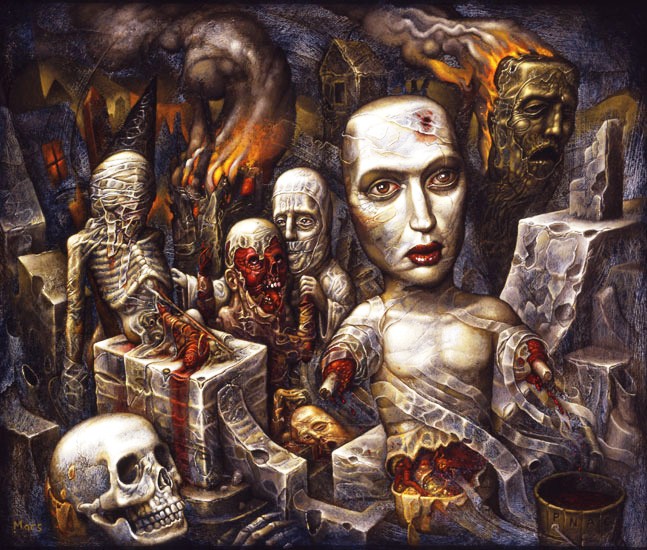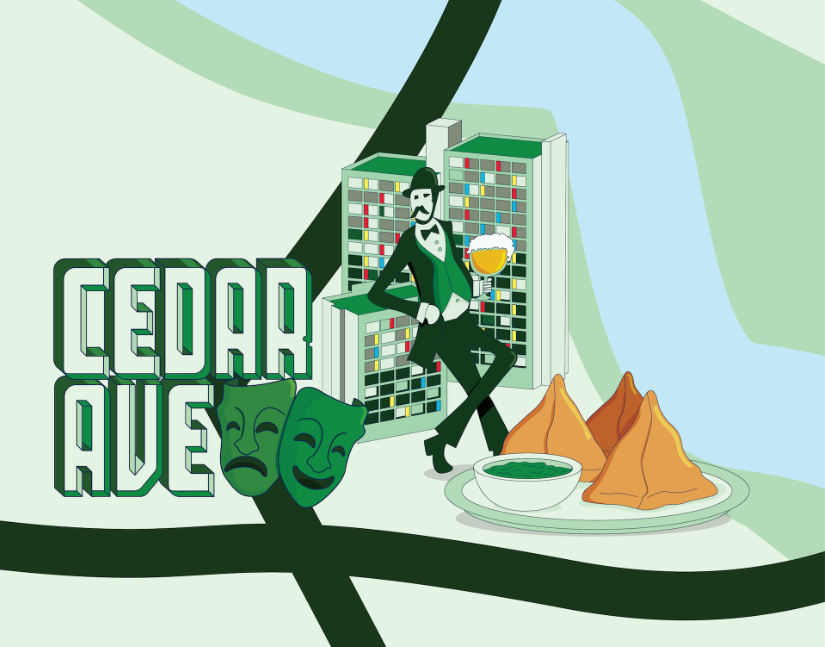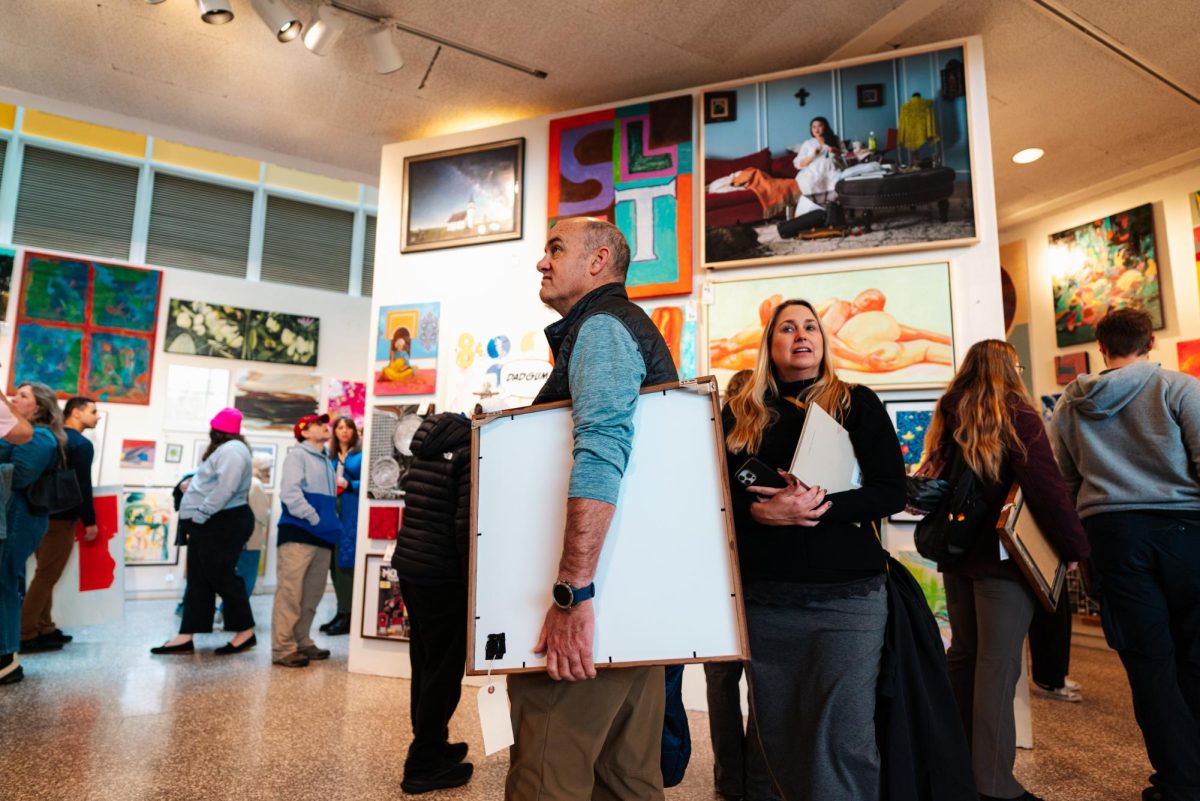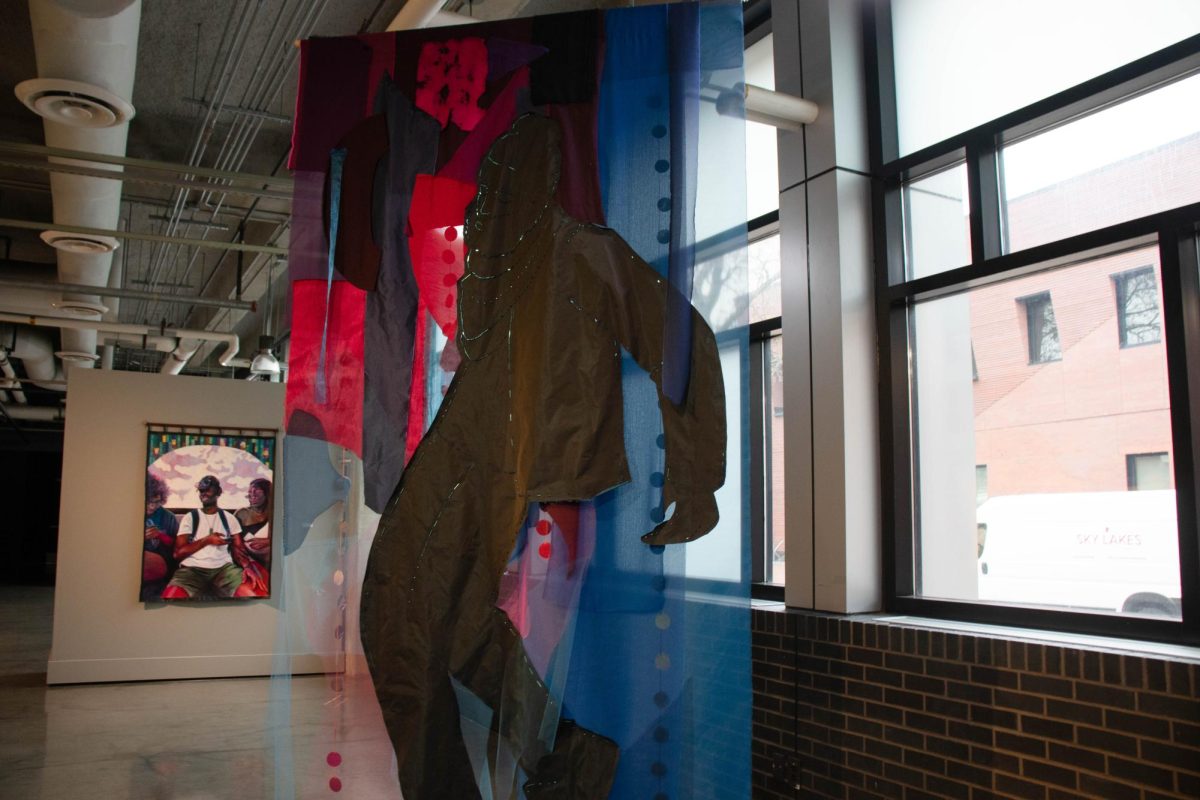âÄúToleranceâÄù Author: Chris Mars Publisher: Last Gasp Pages: 176 Price: $40 The Chris Mars most people are familiar with is the raucous drummer of the infamous Minneapolis rock band The Replacements. That was from the âÄô80s into the early âÄô90s. The Chris Mars of today happens to be a talented, articulate, thoughtful and much buzzed-about professional artist. Considering the fact that the only stipulation put forth by Chris prior to interviews is that there be no questions regarding the aforementioned rock group, itâÄôs clear heâÄôs moved on. Fans of The âÄôMats and contemporary surrealist art alike should be advised to do the same, because his recent books of paintings prove Mars has found his rhythm again âÄî as an artist. Released this past spring, âÄúToleranceâÄù beautifully compiles MarsâÄô work from 2000 to 2007 in a âÄúgreenâÄù (read: Limited environmental/workerâÄôs rights harm) fashion. As chipper and gleeful as a reduced carbon footprint may make you feel, MarsâÄô paintings evoke different emotions entirely. Self described as âÄúsocial expressionism,âÄù the paintings are dark and textured plunges into a surrealist nightmare. Wrought with political and social commentary (The âÄúVMâÄù series of paintings are overtly anti-Bush), the pieces depict twisted, scarred, dismembered, lobotomized, tortured and hideous monsters amongst layered and deep backgrounds. These monsters take on uncomfortably human characteristics and their eyes pour forth humanity. The book is a non-stop barrage of ghastly and detailed vectors in an ocean of eerily drab green, red and grey hues. Safe to say, these paintings are no âÄúBowl of Fruit.âÄù The horror of MarsâÄô paintings is not drawn on from an obvious source, though. Much of his work is inspired by his older brotherâÄôs constant battle with schizophrenia âÄî a disease he was diagnosed with at the age of 15 . With that knowledge in hand, pieces such as âÄúA Faulty Diagnoses,âÄù which attacks the perceived over-medication of America, and âÄúExtractions in the Suicide Ward,âÄù a piece visualizing the physical ripping of demons from skulls, shows MarsâÄô content taking on a more profound tone. While it serves as an interesting talking point and possibly as a lubricant for rock fans into the art world, the fact that Chris Mars played percussion on âÄúLet It BeâÄù and âÄúTim âÄù is of little to no importance to his art. Nor should it be. MarsâÄô macabre dreamscapes not only are sensorial rides, but also challenge what we as humans choose to label as truth. At first glance, the viewer is taken in by the gruesome rawness of the characters you depict. But after repeated views, there seems to be a real underlying humanity in even the most grotesque characters. Can you explain this stark and layered contrast? I appreciate that you picked up on the overall theme of my work. It is my intent to instigate the viewer to look beyond surface attributes, be they attributes of my paintings or of society at large. I seek through my work to break down the tendency that exists to prejudge and to move away from xenophobia. The fact this book is considered a “green” book suggests an interest in social action. Is that theme also present in the paintings themselves? I think yes in that if my work can in anyway give the viewer pause to think more deeply about the social discrepancies that exist on many levels, which I try to cover in the paintings, then I can be hopeful that a seed might be planted that in turn could grow in a more action-oriented way. Does your brotherâÄôs illness still serve as a source of much inspiration in your current work? Also, how is he doing? Thank you for asking. My brother is hanging in there. Some days are better than others. It is hard to know his anguish completely but I am thankful for those times when I see him smile or laugh. I think that no matter where my work might branch off, Joe will always be a big part it. Directly or indirectly, every piece I do, whether they are more or less political, he is definitely present and connected to it in spirit. His life continues to inspire me. What role, if any (and feel free to get as abstract as you’d like), does the city of Minneapolis play in your art? In a socially conscious sense I am grateful for the innovative and progressive nature of the area and I am proud to live here. It is a good influence on my creativity in a regional sense, the definition of seasons, the spirit of the autumn, the seclusion and pale faces of winter, the way the neighborhoods appear, all find their way into the paintingâÄôs environment. Your cultural tastes are clearly diverse (music/art/etc.), choosing from the entire cultural spectrum (literature, music, art, poetry, theater, performance, film and so on âĦ ) what sorts of work by other artists are you currently immersed in? Film-wise I like Todd Solondz, Werner Herzog, David Lynch, John Waters and Crispin Glover . As for writers, I like Greg Palast, Naomi Klein, Naomi Wolf, Oliver SackâÄôs books about the brain, George Saunders, older T.C. Boyle (especially âÄúThe Tortilla CurtainâÄù) and Sally Mars. Painters, I like Beksinski, Coleman, Ryden, Rembrandt, Bacon and Otto Dix. How has your perspective on the world changed throughout the various stages of your life? And, how has the role of your artistic output (in any form) changed as well? They definitely go hand and hand. For me, the act of drawing and painting has changed my inner perspective, which in turn affects my outward awareness, which goes full circle back to my inner conscience. Art for me has been great therapy. The technical components of composition, paint and surface through the process add to the mix. Throw a little time and age in there and perspective is altered.
Tortured art

Image by Ashley Goetz
“VM-7: Stay the Course” is one of the more graphic/politically charged paintings in “Tolerance”
-Photo Courtesy Chris Mars
Published September 18, 2008
0
More to Discover







